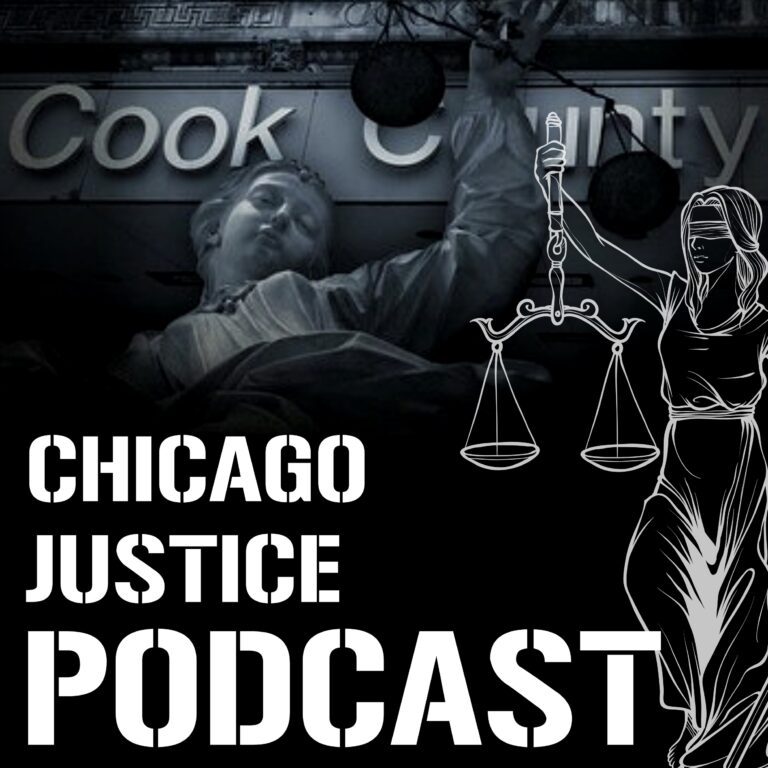The crime and violence problems in Chicago cannot be solved by the criminal justice system alone, no matter how much propaganda that denies this fact that is put out by our Mayor and the Superintendent of Police. In fact, the more we increase the budgets and power of our criminal justice agencies, the worse the situation tends to get. This does not mean that there are not caring individuals doing amazing work within these agencies but there is a limit to what they can do. Our failure to realize this and truly explore alternatives is guaranteeing that the root causes of violence will not be solved.
The crime and violence issues that seem to engulf certain communities in Chicago are amazingly consistent with a map of the communities that political leaders in Chicago abandoned decades ago. This is not an accident but instead it is a result of the political corruption and racism that has been the standard operating procedure in Chicago’ city hall for the last few decades. When you look at the corporate giveaways and the TIF programs, two of the favorite tools of our greedy and corrupt oligarchy in Chicago, there is little surprise that they favorite rich white people and corporations befit while the interests of communities of color are disregarded.


When journalists in Chicago talk about crime and violence in Chicago it is always about how the police are or are not responding appropriately to the violence. They never seem to connect the dots back the main weapon used to cause the violence, money and political power. Those without political power get the least amount of public resources.Period. This is a very simple concept. However, it appears that it is difficult for the average, white, middle class reporter in Chicago to grasp. You might find this topic discussed in the Chicago Reporter or the Chicago Reader regularly but you would be hard pressed to find a single article or editorial discussing it in the Chicago Tribune or Sun Times. Is it possible that the lack of coverage is due to racism or simple economics? I will leave you to make your own decision. Just remember that the advertisers, in both papers, are not targeting the average reader from Englewood or Back of the Yards.
The more the Chicago media presses for the police to be the solution, the more the Chicago residents will be convinced to push for the same thing. Sad that after fifty years of the same answer to the same violence issue we keep turning to the same tried and true solutions that have never worked. Until we can understand why we all continue to repeat the same actions over and over expecting different results there will never be a significant impact on the crime and violence in Chicago. The one thing we can continue to count on is the press reporting the slightest difference in crime and violence levels from the year prior. Don’t worry though. Most, if not all, of that change from year to year can either be explained by a few rare incidents or differences in weather.



